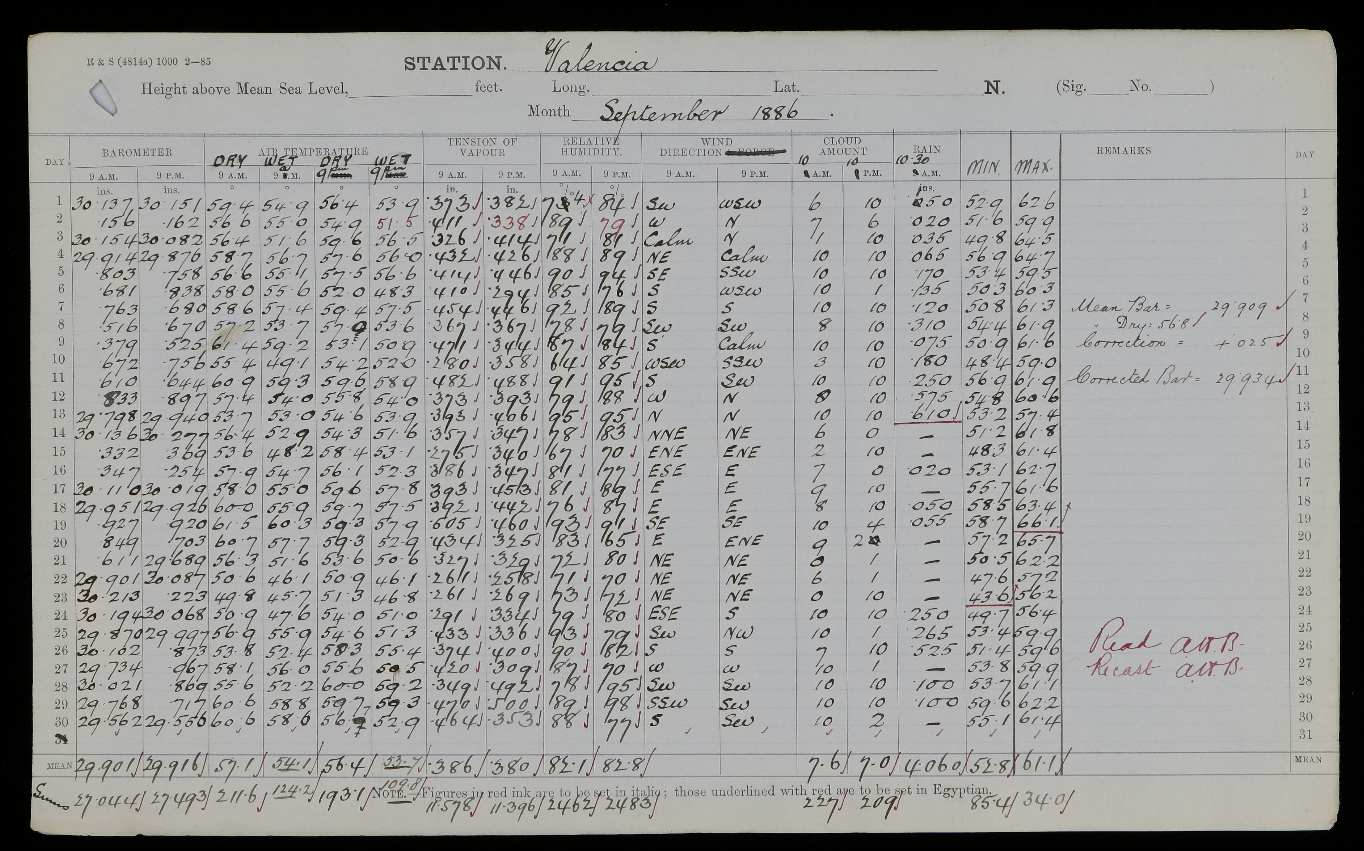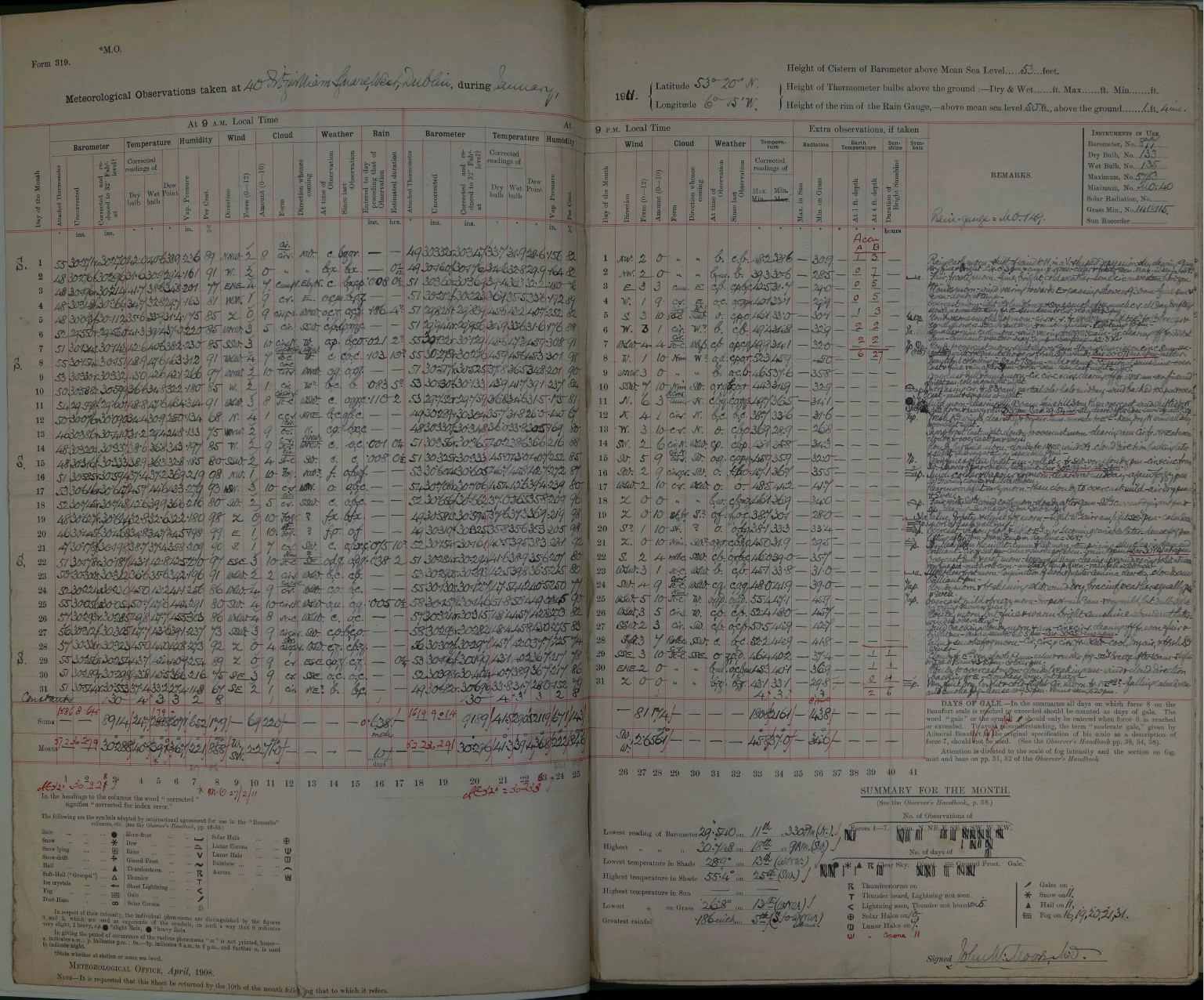Historical meteorological observations are crucial for a greater understanding of past climate variability and trends and better assessing the frequency, duration and intensity of past extreme weather events. Long-term meteorological records are essential to develop climate products such as gridded datasets and reanalysis products, support climate change studies and assist climate action and adaptation plans.
Climate data rescue consists of the transcription of observations from digitised paper sources into a computer-readable format such as Excel templates to preserve the heritage of records and make the data accessible in a digital format.
Engaging secondary school students in climate data rescue through service-learning partnerships
Service-learning is an experiential teaching and learning pedagogy in which students apply the knowledge and skills learned in the classroom through engagement in systematised activities with clear goals to fulfil community needs.
Two methodologies have been investigated in this research: hosting and training students at university and training students at a secondary school under a student–teacher–scientist partnership. The 145 students, aged 15 and 16 years old, were registered in the 10th grade, corresponding to the Transition Year Programme. A total of 127 students from seven schools were hosted at the National University of Ireland Galway for periods of 1 day to 1 week. The students were accommodated in small cohorts, typically of 15–20, from 10h to 16h with breaks for outreach activities. The student–teacher–scientist partnership also enrolled 18 students from one school in Co. Dublin as part of the Green School Module. The 18 students completed data keying over three weeks with classes of 40 minutes twice a week supervised by the trained teacher. The secondary school students were benchmarked with previously explored methodologies – citizen scientists and university students – to evaluate the data-keying accuracy and perceptions on teaching and learning.
The accuracy rate of secondary school students (95.2%) is comparable to citizen scientists involved in data rescue projects. The students remarked climate data rescue and the associated outreach activities as a positive experience: 88% enrolled for the first time versus 100% of students engaged for the second time in the service-learning partnership. 87% recognised that the data are important for research.
The comments from the secondary school students registered in the survey include:
“I found this a lovely and informative week with lots of learning. It was a great experience.”
“It was a very enjoyable and informative experience, made me more interested in climate change and the obvious changes of it throughout the years.”
Student–scientist research partnerships as part of non-mandatory service-learning on climate data rescue are crucial to communicating climate science, engaging secondary school students with climate data and thus enhancing climate data literacy outside the school curriculum. Student–scientist collaborations between secondary schools, universities, national meteorological services, and archives have the potential to be applied elsewhere and contribute to a fast, accurate and low-cost climate data rescue process.
The research was published in the journal Weather:
Mateus, C., Potito, A. and Curley, M., 2021. Engaging secondary school students in climate data rescue through service‐learning partnerships. Weather, 76(4), pp.113-118.
Available here

Meteorological observations taken at the second order station in Valentia Observatory (Kerry) in September 1886. Source: Met Éireann.
